CARTILAGINOUS FISH SPECIES

Videos of sanctuary Sharks and Rays
Here's some guidance on how to interact appropriately with manta rays when you see them. Remember, sanctuary regulations prohibit you from touching or harassing any rays or sharks.
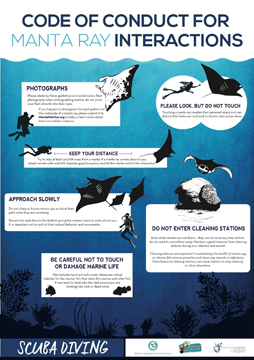
Click on image for larger view
All of the following sharks and rays are found within the coral cap region of the sanctuary (0-130 ft, 0-40m deep). Common names are listed, if known.
Rays
| Common Name |
Scientific Name |
Spotted Eagle Ray
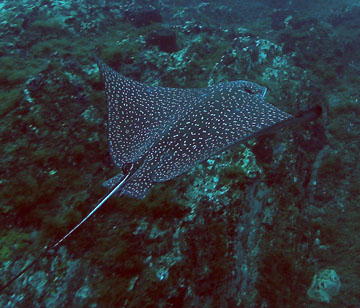
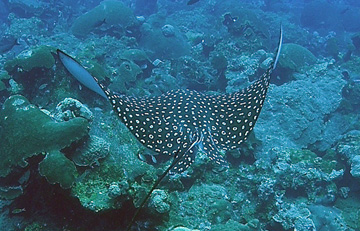
|
Aetobatus narinari
Video |
Southern Stingray
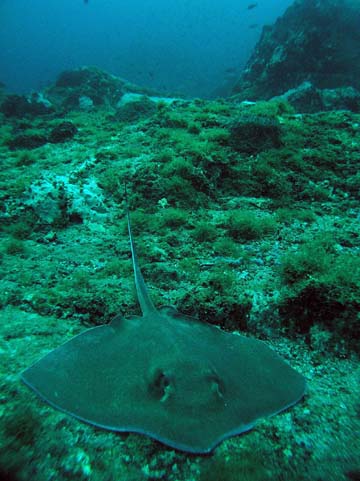
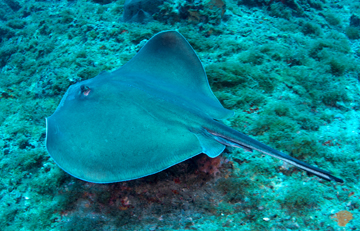
|
Hypanus americanus |
Roughtail Stingray
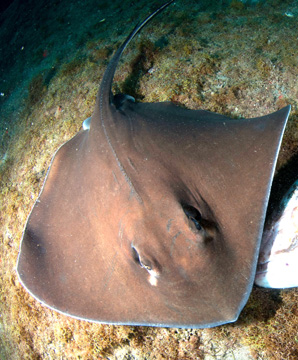 |
Bathytoshia centroura |
Manta Ray
Threatened Species (2018)
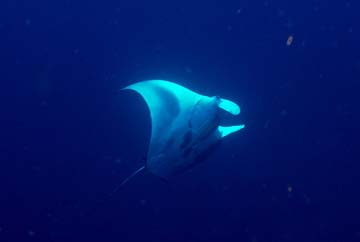
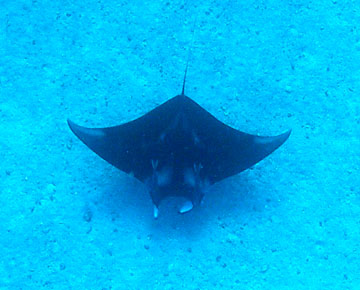
|
Mobula birostris
Video |
| Lesser Devil Ray |
Mobula hypostoma |
Sicklefin Devil Ray
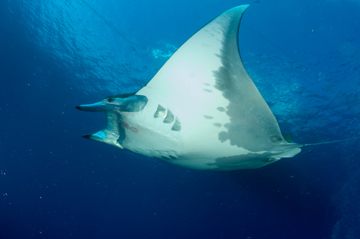
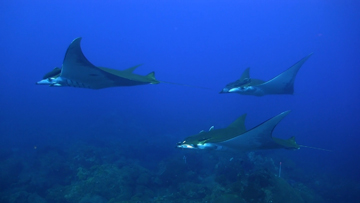
|
Mobula tarapacana
Video |
top of page
Sawfishes
| Common Name |
Scientific Name |
| Sawfish |
Pristis sp. |
top of page
Sharks
| Common Name |
Scientific Name |
| Spinner Shark |
Carcharhinus cf. brevipinna |
Silky Shark
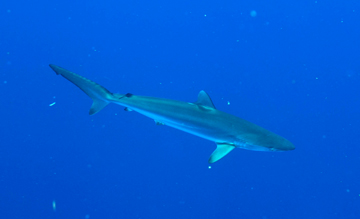
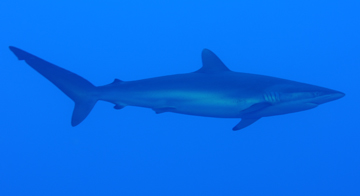
|
Carcharhinus falciformis |
| Blacktip Shark |
Carcharhinus cf. limbatus |
| Bull Shark |
Carcharhinus leucas |
| Dusky Shark |
Carcharhinus obscurus |
Caribbean Reef Shark
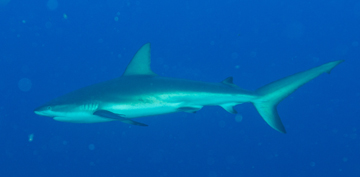 |
Carcharhinus perezii |
Sandbar/Brown Shark
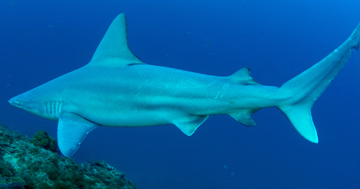
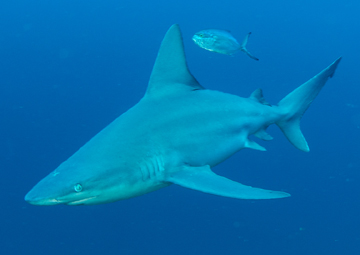
|
Carcharhinus plumbeus
Video |
Tiger Shark
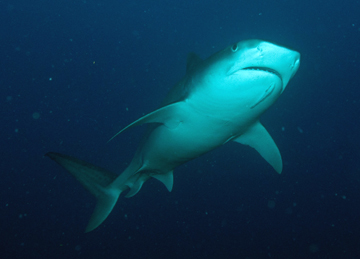 |
Galeocerdo cuvier |
Nurse Shark

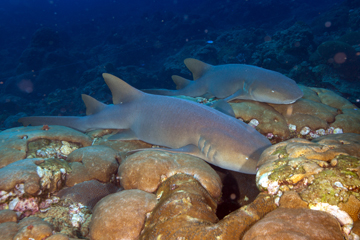
|
Ginglymostoma cirratum |
| Smooth Dogfish |
Mustelus canis |
| Gulf Smoothhound |
Mustelus sinusmexicanus |
Whale Shark
 |
Rhincodon typus |
| Atlantic Sharpnose Shark |
Rhizoprionodon terraenovae |
Scalloped Hammerhead Shark
 |
Sphyrna lewini |
| Great Hammerhead Shark |
Sphyrna c.f. mokarran |
| Atlantic Angel Shark |
Squatina dumeril |
top of page
Early work on elasmobranchs at Flower Garden Banks National Marine Sanctuary was conducted by Jeffrey N Childs (2001), a graduate student from Texas A&M University.